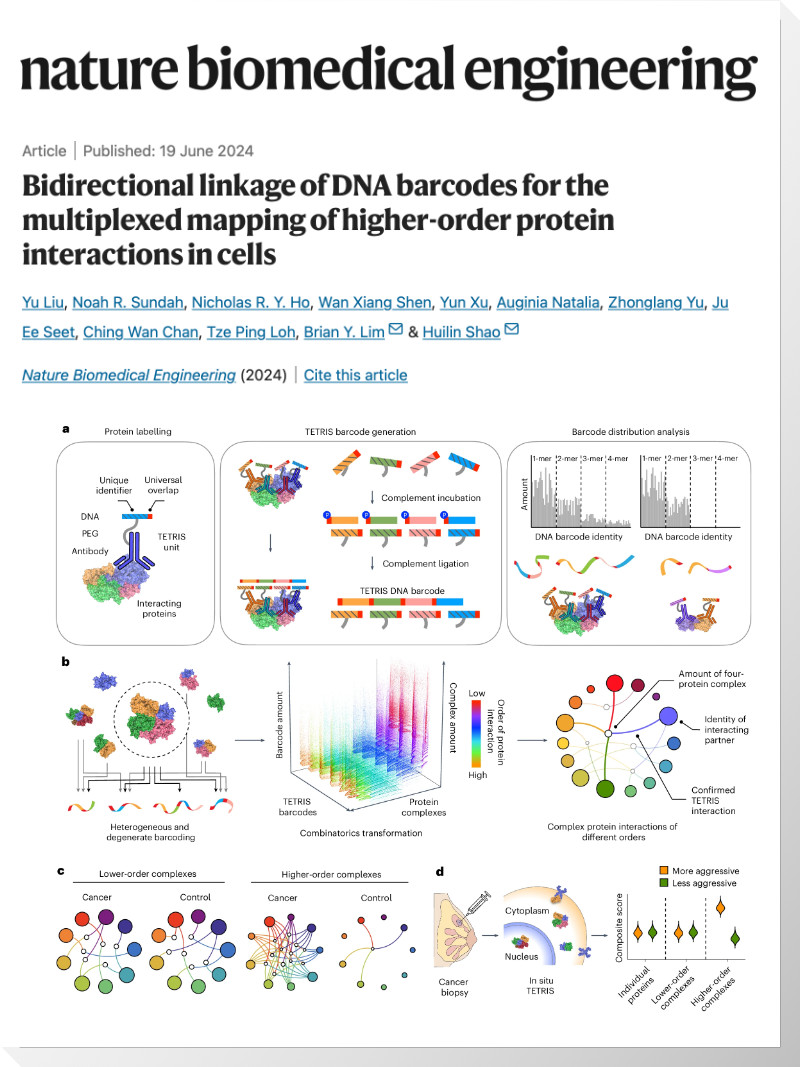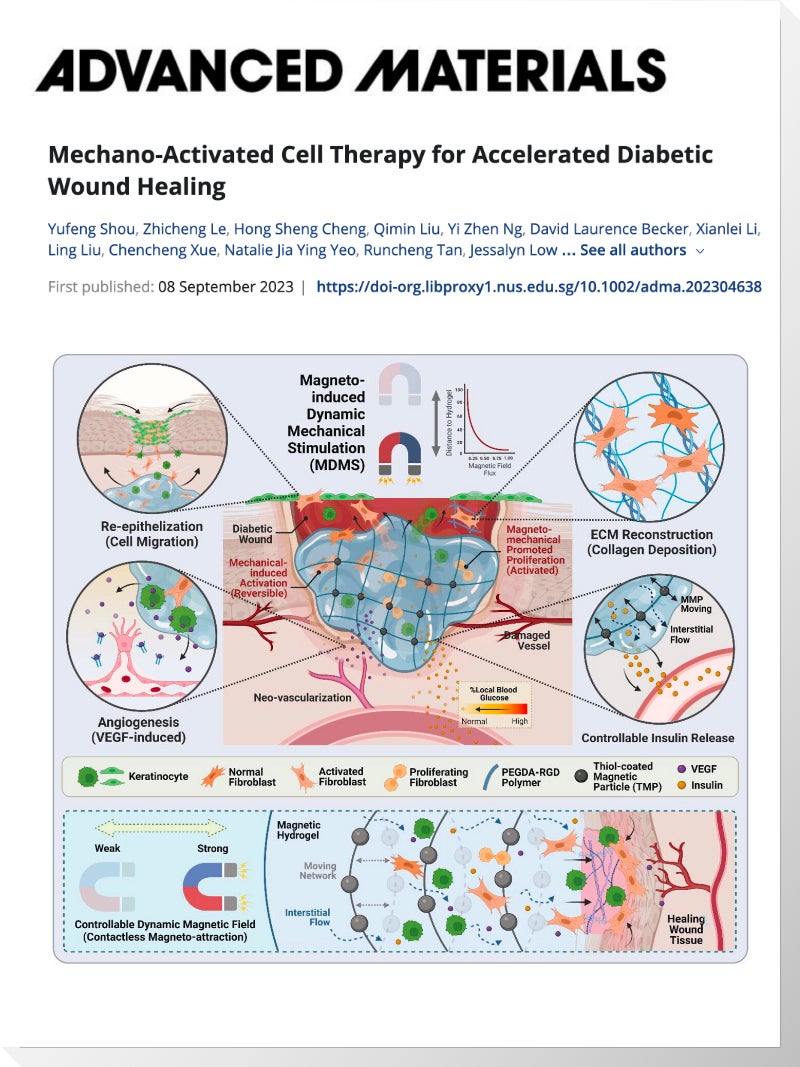A neuro-inspired artificial peripheral nervous system for scalable…
- July 22, 2019

Abstract
The human sense of touch is essential for dexterous tool usage, spatial awareness, and social communication. Equipping intelligent human-like androids and prosthetics with electronic skins—a large array of sensors spatially distributed and capable of rapid somatosensory perception—will enable them to work collaboratively and naturally with humans to manipulate objects in unstructured living environments. Previously reported tactile-sensitive electronic skins largely transmit the tactile information from sensors serially, resulting in readout latency bottlenecks and complex wiring as the number of sensors increases. Here, we introduce the Asynchronously Coded Electronic Skin (ACES)—a neuromimetic architecture that enables simultaneous transmission of thermotactile information while maintaining exceptionally low readout latencies, even with array sizes beyond 10,000 sensors. We demonstrate prototype arrays of up to 240 artificial mechanoreceptors that transmitted events asynchronously at a constant latency of 1 ms while maintaining an ultra-high temporal precision of <60 ns, thus resolving fine spatiotemporal features necessary for rapid tactile perception. Our platform requires only a single electrical conductor for signal propagation, realizing sensor arrays that are dynamically reconfigurable and robust to damage. We anticipate that the ACES platform can be integrated with a wide range of skin-like sensors for artificial intelligence (AI)–enhanced autonomous robots, neuroprosthetics, and neuromorphic computing hardware for dexterous object manipulation and somatosensory perception.
Please click HERE for the research article.






